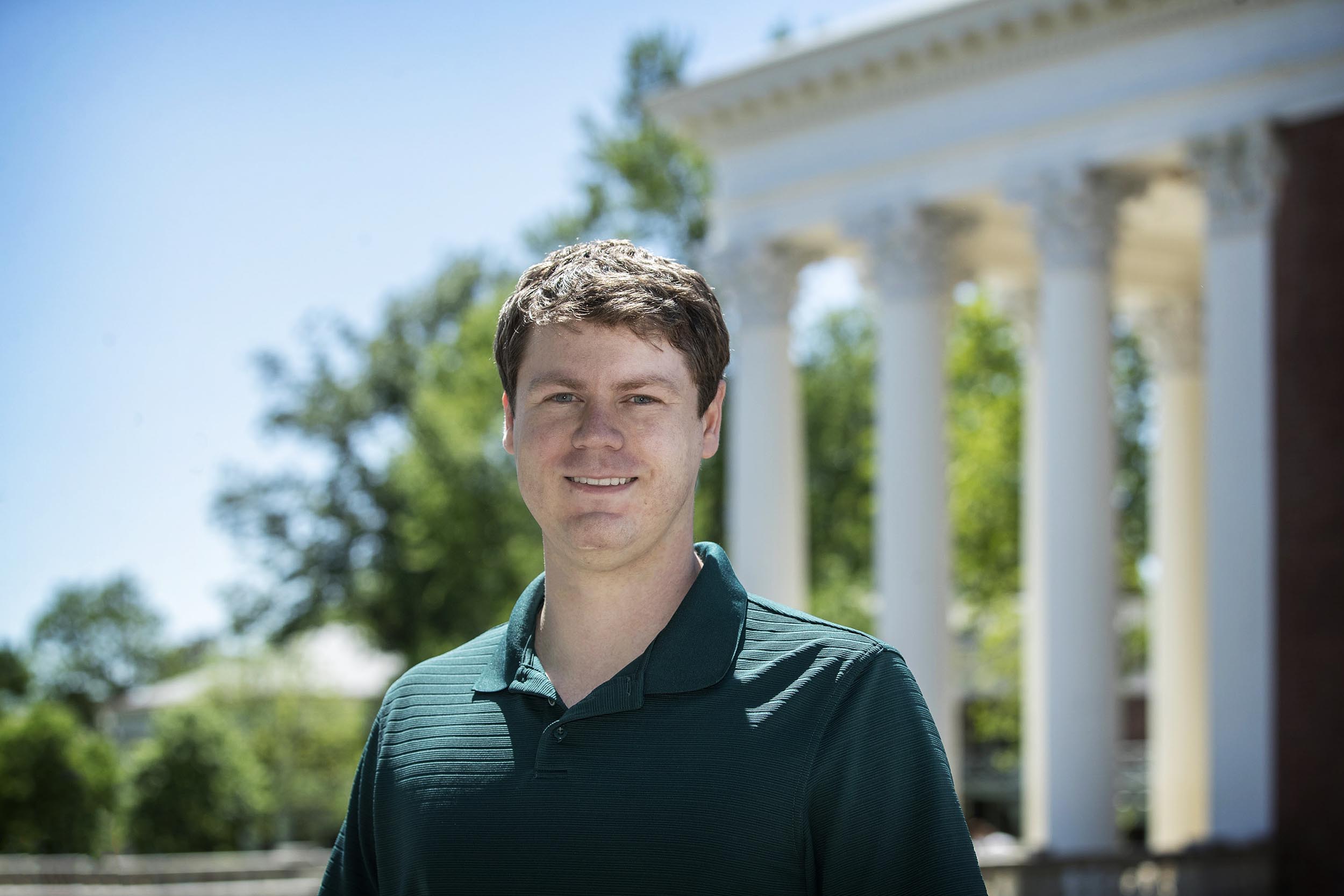Grayson Carter Johnson works with things way smaller than the eye can see.
“My research is about how to precisely build nanomaterials – particles around the scale of a billionth of a meter – with unique shapes and sizes, and how to assemble these particles into well-ordered, larger-scale structures,” Johnson, a University of Virginia doctoral student in chemistry, said. “By developing nanostructures with high precision, I can examine hypotheses about how their structure relates to different properties for applications such as catalysis, how to transform chemicals with the least amount of energy input; chemical separations, how to purify a particular chemical from a mixture; or photonics, how to manipulate light.”
The U.S. Department of Energy has named Johnson as an outstanding graduate student. The designation will allow him to conduct research at Oak Ridge National Laboratory under Sheng Dai, an expert in materials for energy-related applications.
Johnson is one of 78 awardees from 55 different U.S. universities who will conduct research at 14 national laboratories on topical areas spanning the six DOE Office of Science research programs. These graduate students can spend from three to 12 consecutive months conducting research at a DOE facility, and will receive a monthly stipend for living and travel expenses. The Office of Science provides the funding for the program.








